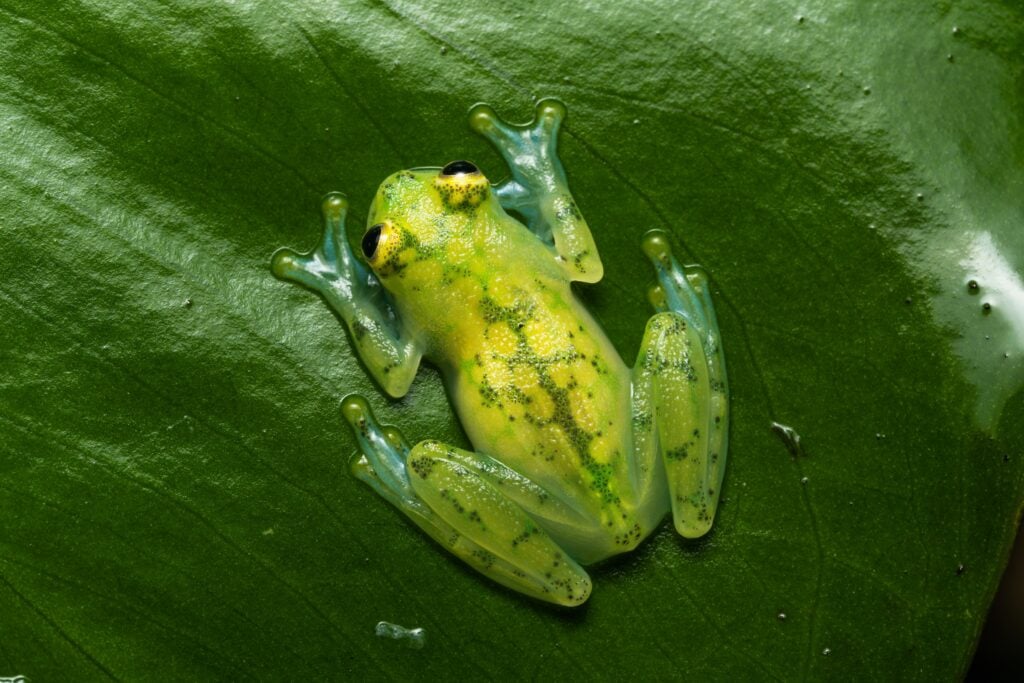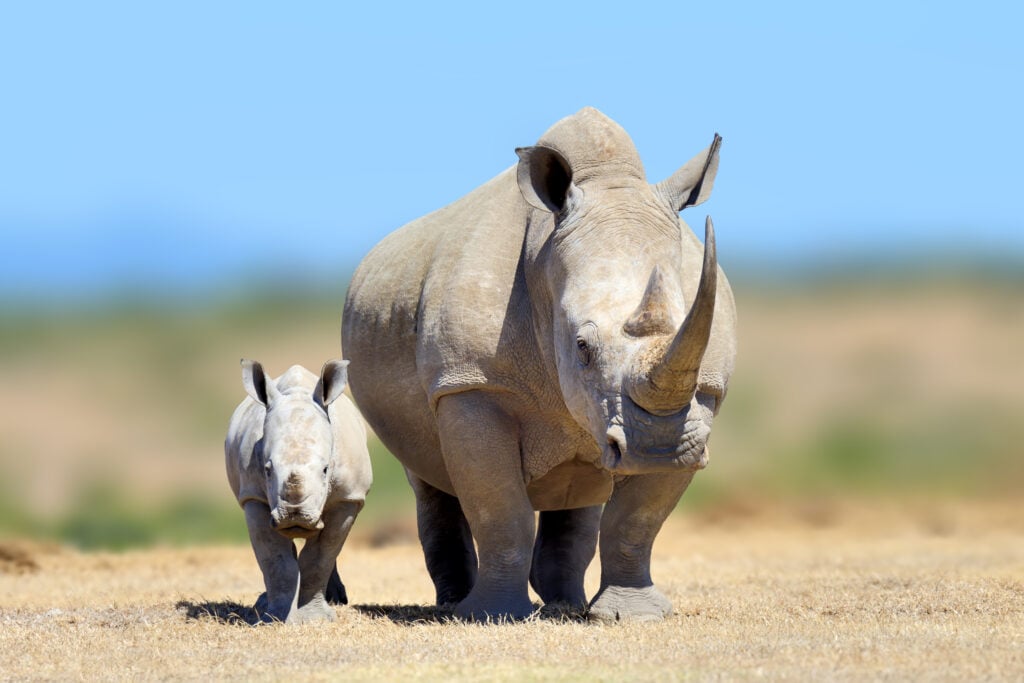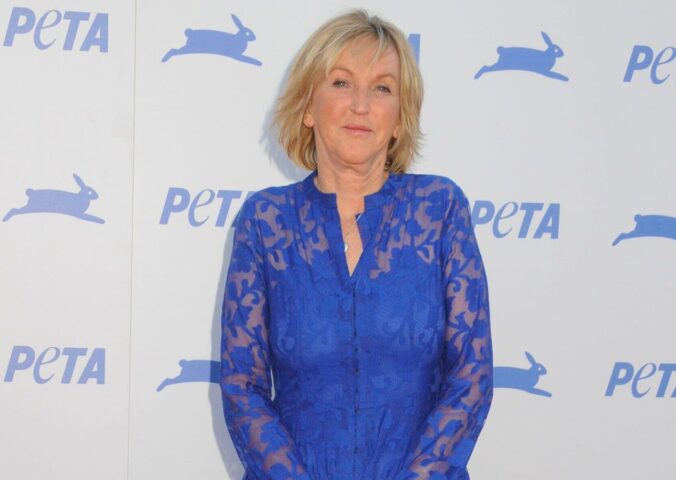Delegates from 184 countries are meeting at the end of November to address 52 animal welfare amendments, with a view to increasing or decreasing levels of protection for individual animal species.
The 19th Conference of the Parties to the Convention on International Trade in Endangered Species (CITES) will be held in Panama from November 14-25. In addition to increasing protection for multiple species, trophy export quotas are expected to be interrogated.
Representatives from Humane Society International (HSI) will be present. They will lobby for increased sanctions to prevent certain species from facing the risk of extinction. It will also fight against proposals to reduce the safeguarding of known at-risk animals.
“CITES Parties have the opportunity to give these species the necessary protections and oversight to avoid overexploitation, and we urge them to act with prudence before we reach a point of no return,” Sarah Veatch, director of wildlife policy for HSI, said in a statement.
Protecting endangered animal species
Among the species that could see increased protections are hippos, glass frogs, and sharks. All are currently at risk of overexploitation from commercial trade, some of which remains legal despite dwindling animal population numbers.
In the case of hippos, 10 African countries are proposing a blanket ban on the international trade of hippo parts and products. Already threatened by significant natural habitat loss, hippos are declining further due to permitted hunting and illegal poaching. Both profit from hippo ivory and trophies, as well as skin sales.

“We urge CITES Parties to adopt this proposal to ensure that this commercial trade ends. This pointless industry of selling animal parts, along with other threats facing hippos, is pushing these incredible animals to the brink of extinction,” said Adam Peyman, director of wildlife programs for HSI.
Shark parts, primarily fins, are similarly popular – especially with illegal poachers. However, low reproductive rates of key species, including requiem and hammerhead sharks, are causing concern. Permitted hunting quotas are now impacting overall population numbers.
It is estimated that more than 100 million sharks are slaughtered each year, many just for their fins. Due to many being indistinguishable from each other, it is being proposed that specific shark families and related species be protected by sustainable quotas.
Glass frogs are also up for better protection laws by 14 countries from Central and South America. The request comes as it is reported that at least 12 species are significantly threatened. This is complicated by them being almost impossible to tell apart from other, less endangered variations.
Interested parties want to bring about sustainable pet trade quotas that will leave enough glass frogs to continue the species. Presently, the amphibians are sought due to their clear skin, which has made them a target for exploitative pet traders.
Trophy hunting putting animals at risk
Alongside supporting proposals for stricter sanctions, HSI plans to step in and advocate against suggested reduced protection levels. In particular, for endangered white rhinos, alongside other animal species. It will also voice concern over the large quotas of permitted leopard trophy hunts.
White rhinos face significant threat from poachers, which seek to kill the animals for their horns. A proposal has been submitted to loosen the control of international trade of white rhino trophies. This includes items made from their horns. HSI claims this will put the entire species under extreme duress.
Along the same lines, HSI is calling for smaller quotas of leopard trophies due to the cats already facing extinction.

Previously, CITES agreed on an annual export quota for 12 countries, including Kenya and Malawi, of up 2,648 leopard trophies or skins per nation. HSI states that these figures are not predicated on any scientific data and pose serious threats to population numbers.
Kenya and Malawi have both asked for their quotas to be removed entirely. Meanwhile, Ethiopia asked for a reduction from 500 to 20 cats per year. However, nine nations, including Tanzania and Zimbabwe, still seek to use their quotas to the full.
“As highly sought-after trophies, it is imperative that members take a precautionary approach here. Quotas based on outdated data, unreliable data or inaccurate methods are unacceptable and should be invalidated,” Veatch said.
Will trophy hunting ever end?
HSI seeks to reduce trophy trade quotas as an initial meaningful step and is also joining a coalition of 136 other non-governmental organizations to call for a total worldwide ban on trophy hunting imports.
Despite trophy hunting being linked to biodiversity crises and by proxy, the climate emergency, the US and EU remain keen import markets. This is presented as the reason for the proposed ban, after previous ethical concerns failed to gain the necessary traction.
Public support appears to be leaning towards a trophy hunting ban, with US, EU, and South African disapproval rates revealing that a majority of global citizens want to see an end to the practice.






